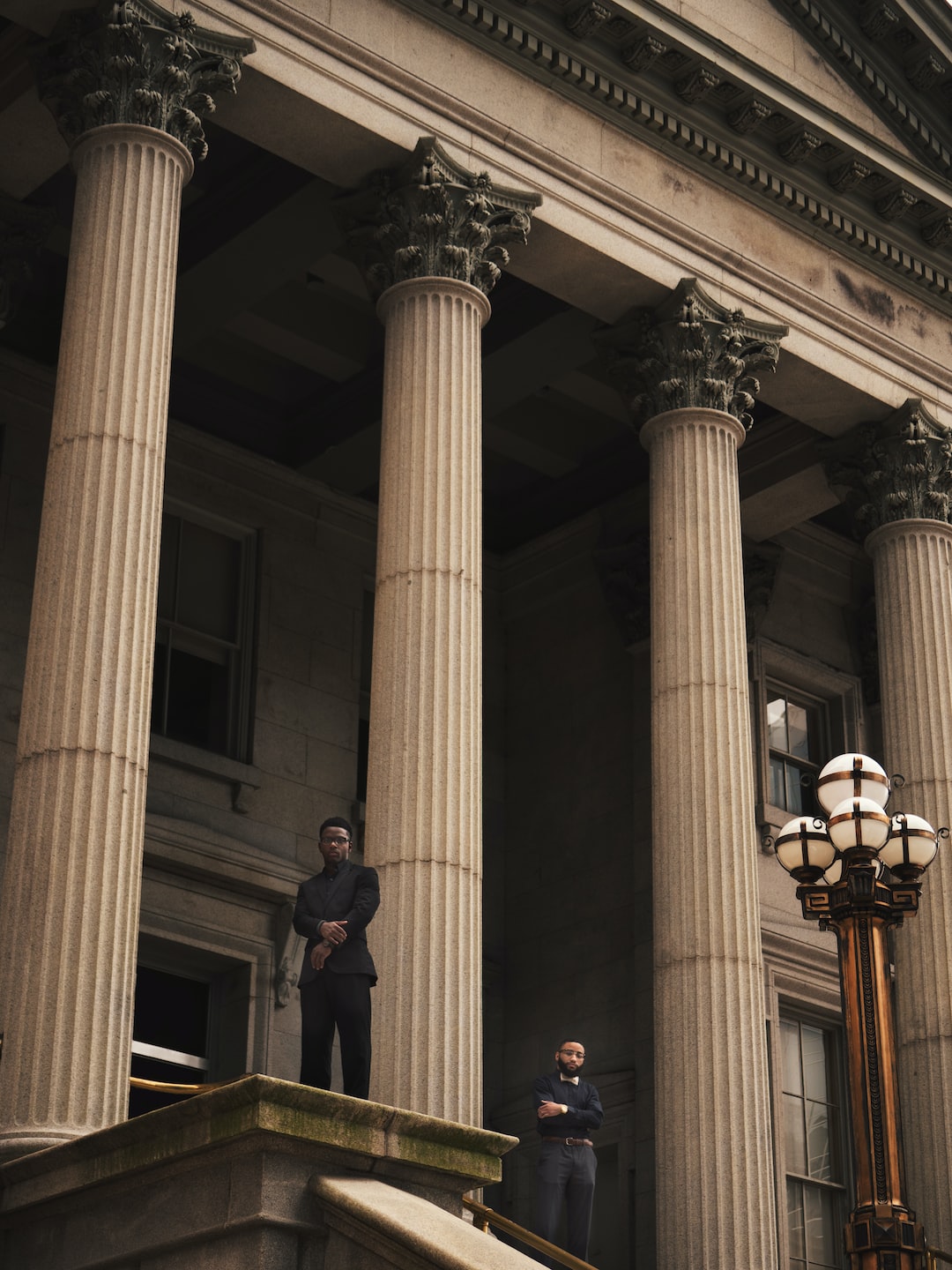Title: Human Trafficking: Legal Frameworks for Combating Modern-Day Slavery
Introduction
In today’s world, the presence of human trafficking serves as a brutal reminder that modern-day slavery still thrives. This global phenomenon encompasses various forms, including forced labor, sexual exploitation, and organ trafficking. The fight against human trafficking calls for an international effort, emphasizing the need for robust legal frameworks to combat this heinous crime. In this blog post, we will explore and discuss the legal tools and frameworks that countries use to combat human trafficking, aiming to bring justice to its victims and end this grave violation of human rights.
International Legal Instruments
At the international level, various legal instruments have been put in place to tackle human trafficking. Foremost among them is the United Nations Protocol to Prevent, Suppress, and Punish Trafficking in Persons, Especially Women and Children, also known as the Palermo Protocol. Adopted in 2000, this protocol supplements the United Nations Convention against Transnational Organized Crime. It serves as a comprehensive legal framework for countries to criminalize human trafficking, protect and support victims, and promote international cooperation.
Many countries have also ratified the United Nations Convention against Transnational Organized Crime itself, which provides a broader framework for combating organized crime, including human trafficking. By doing so, countries commit themselves to implementing legal measures that target the organized criminal groups involved in trafficking and protect the rights of victims.
National Legislation
To effectively tackle human trafficking, it is crucial for nations to enact comprehensive national legislation that aligns with the international legal instruments. Such legislation is designed to identify and criminalize all forms of human trafficking, ensuring strict punishments for perpetrators and providing assistance to victims.
Countries worldwide have enacted specific laws to combat human trafficking, often focusing on prevention, prosecution, and protection. These legal frameworks seek to address loopholes and enhance cooperation among law enforcement agencies, immigration authorities, and social welfare institutions. By implementing these laws, countries aim to dismantle the criminal networks involved in trafficking and create a safer environment for potential victims.
Prevention Measures
Legal frameworks for combating human trafficking go beyond mere punitive measures; they also encompass preventive strategies. Prevention efforts aim to raise awareness about human trafficking, educate communities, and empower potential victims to recognize the warning signs and seek help. Moreover, governments work hand in hand with NGOs, civil society organizations, and international bodies to develop prevention programs targeting vulnerable populations, such as migrants, women, and children.
The legal frameworks often emphasize the importance of international cooperation to prevent trafficking and prosecute traffickers. International collaboration enables intelligence sharing, joint investigations, and the exchange of best practices, ultimately helping countries stay ahead of traffickers’ evolving tactics.
Protection and Support for Victims
A key aspect of legal frameworks involves providing comprehensive protection and support for victims of human trafficking. These measures aim to ensure that victims are treated with dignity, receive appropriate care, and have access to justice. Legal frameworks mandate the establishment of specialized victim support services, including secure shelters, medical assistance, psychological counseling, and legal aid.
Additionally, these frameworks prioritize victim identification and provide mechanisms for victims to report their ordeal without fear of retribution. It becomes imperative for countries to implement protocols that protect victims during investigations, trials, and even after their rescue.
Conclusion
Human trafficking is a grave humanitarian crisis that demands the collective efforts of governments, international organizations, civil society, and individuals alike. Robust and comprehensive legal frameworks play a pivotal role in combating this modern-day slavery. By criminalizing human trafficking, implementing preventive measures, and providing protection and support for victims, countries can strive towards eradicating this abominable crime from our societies. Only through a unified and global commitment, underpinned by strong legal frameworks, can we hope to bring justice to the victims and create a future free from the horrors of human trafficking.
